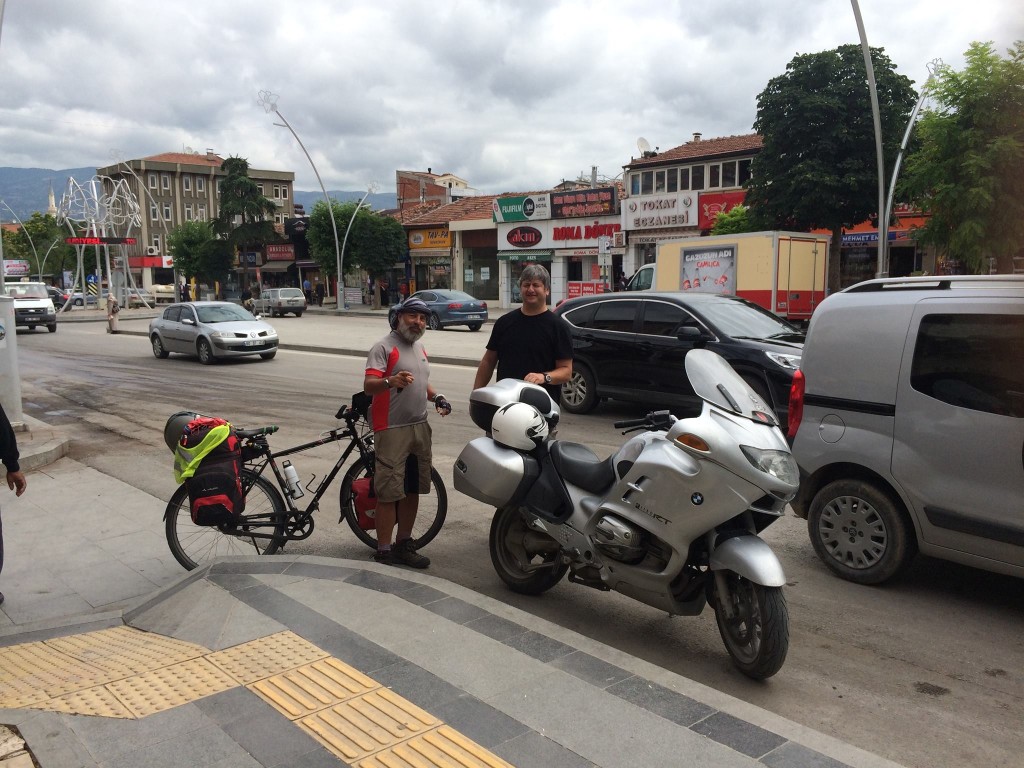
Entre aquel entonces y el día de hoy, todo se redujo a mis 10 palabras en turco que he aprendido, las cuales son principalmente palabras de agradecimiento, cifras de importes y pedidos en restaurantes o almacenes. Otras charlas se limitan a frases simples habladas en mi traductor de Google.
A muchas preguntas respondo, sin haberlas entendido, con mi país de origen, mi destino, mi nombre y un elogio al país y su gente.
Hoy queria comunicar, hoy deseaba tener un compañero de viaje, pero ello no sucedió.
Es notable, que hay, al menos en mi percepción, diferencias en la calidad de gente entre las distintas regiones que voy atravesando, así la ciudad y alrededores de Kayseri me pareció menos amigable de lo que fue la región de Kapadokya o la presente región de Sivas y Tokat. Ya me encuentro en una región montañosa y me parece sentir lo que las regiones montañosas siempre me transmiten. Una cierta protección, un cierto orden y también calidez humana.
La partida de Tokat fue dura, luchando en motivarme y superando la tentación de prolongar mi estadía en esta ciudad. Ya pasadas las 9 AM me dirigí a un almacén para hacerme de mi ración diaria de comestibles, fruta y bebida. En eso me saluda en inglés una persona muy simpática y se presenta como un miembro de Warmshowers, esa red mundial de asistencia al ciclista por ciclistas. Su nombre: Mahmut Coskun, un medico de esta ciudad, nacido en Alemania el cual ya había visto su perfil en el sitio de dicha red pero que no había contactado.
Fue muy gentil y mantuvimos una corta charla sentados en un bar (sin servicio por ser Ramadan) y en este ínterin me dio informaciones útiles para mi posterior ruta y llamando a un conocido suyo, me brindo hospitalidad en un camping del cual ni sabia su existencia, a unos 15 km pasados mi destino original en la ciudad de Niksar. Dicho y hecho, desde ese lugar hoy escribo estas lineas.
El viaje hasta acá, si bien solo 75 km fue arduo. 1550 metros de subidas y un viento fuerte que me soplaba en contra, desde mi partida hasta mi llegada, ya a oscuras y con aullidos de perros a los costados de la ruta.
En el camino y por orden cronológico tuve las siguientes postas y cortas charlas:
Estación de servico en Tokkat: El hijo del dueño, estudiante de arquitectura próximo a recibirse. (en inglés),
Ahmet, el vigilante de las ruinas de Komana Pontica que me dejó ingresar no obstante estuviese cerrado. Me ofreció cerezas frescas del árbol. (con google transitar app).
Iyopsun (nombre parecido pero que no recuerdo) un jubilado por razones de salud de solo 55 años, perfectamente bilingüe turco y alemán, que vive en Dusseldorf con su mujer y los dos hijos casados y que estaba pasando sus vacaciones en la casa paterna. Me ofreció un Te y cafe turco. En una gasolinera de la ruta 850 (en alemán)
Padre e hija, que vendían a la vera de la ruta fruta de su cultivo aledaño, me ofrecieron duraznos sabrosos y un asiento a la sombra (google translator app)
Trabajadores de la Ruta a los cuales saque una foto y que hoy se la debo mandar por mail, al capataz o ingeniero, así su aspecto. (google translator app)
Control de niños en una calle de Niksar. Cada vez venian mas niños, corriendo y gritando, preguntándome cosas, entre ellas un repetitivo “Hallo” “How Are You” y “Where are you from” (es hermoso, por que con niños o jóvenes, a veces ni hace falta un idioma para entender las miradas y los gestos)
Siendo las 10 PM me hecho, sin ducha ni aseo alguno a dormir, mas profundo que nunca.
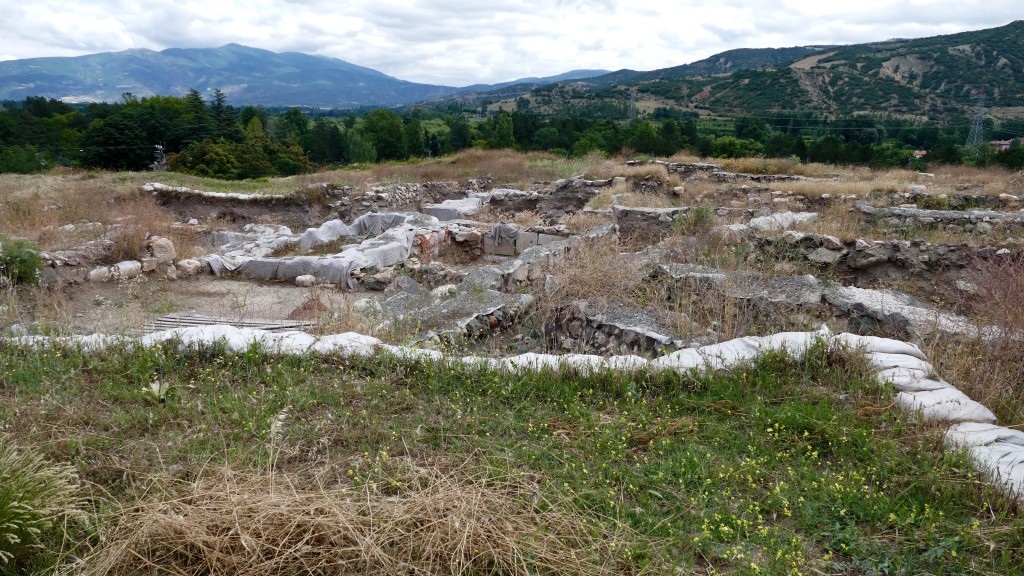
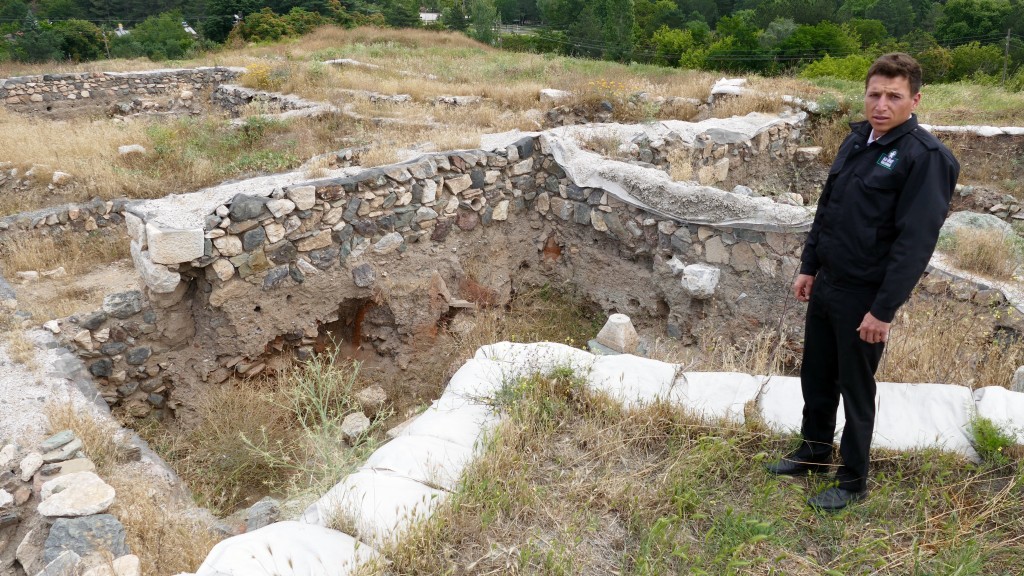
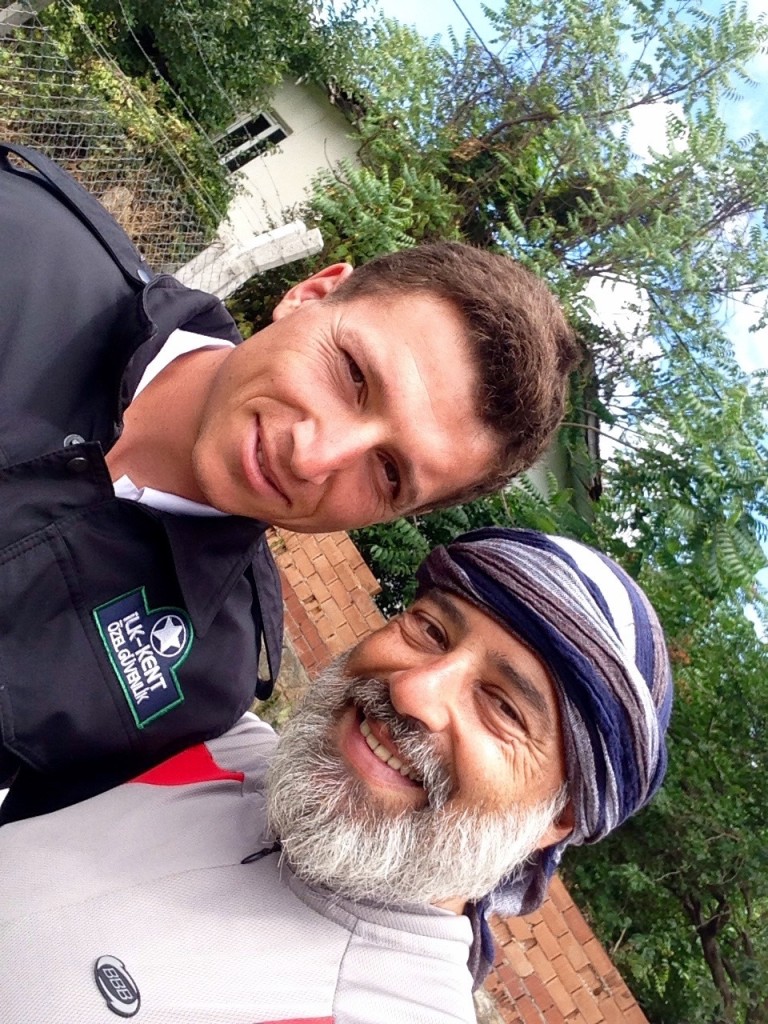
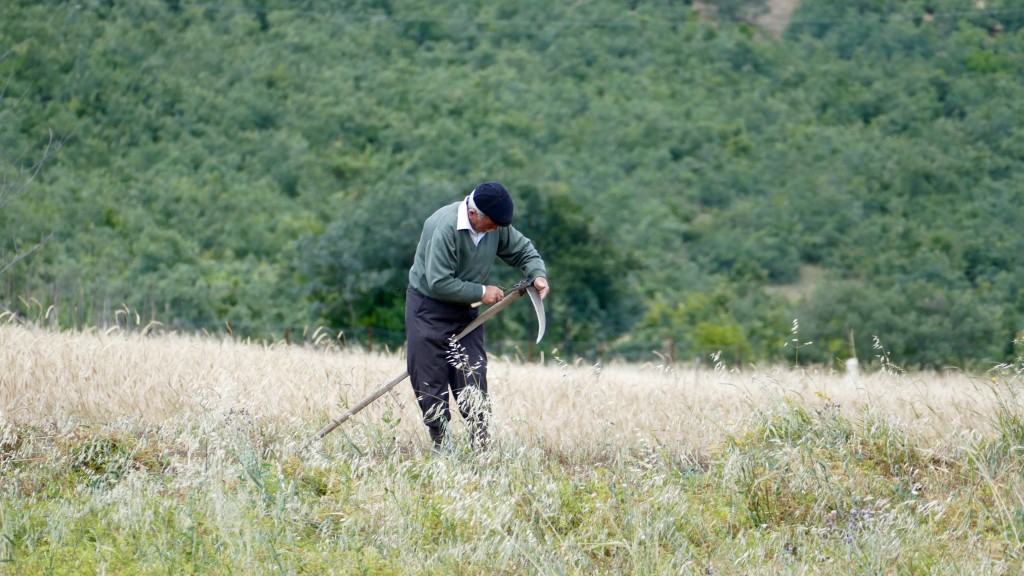
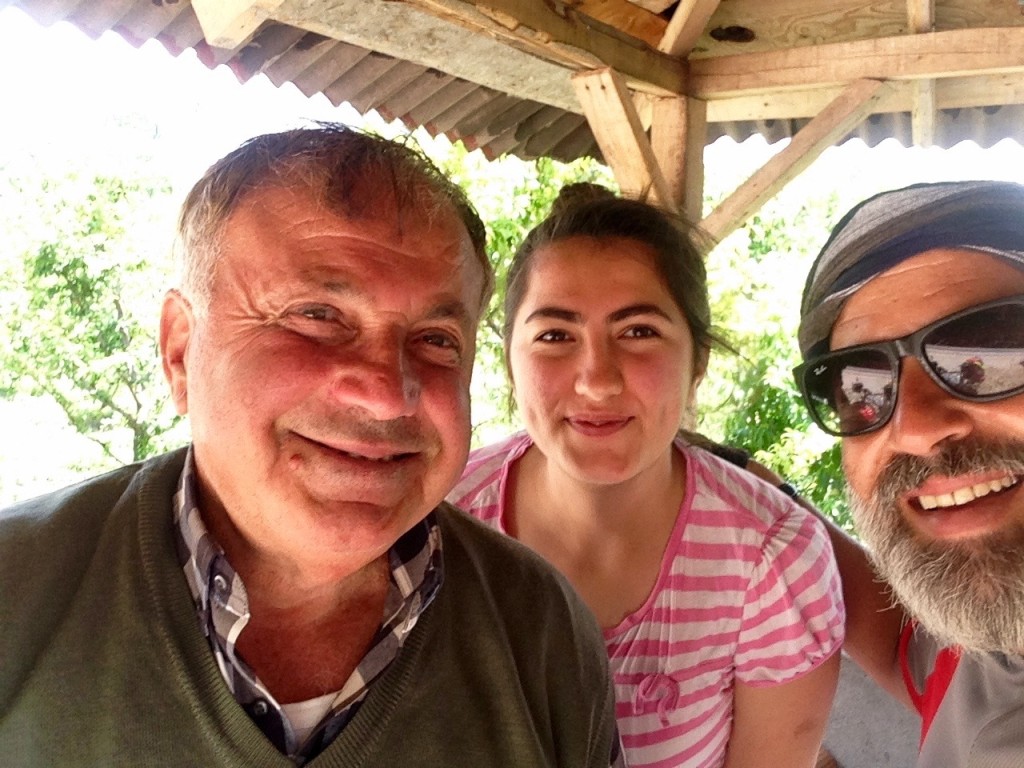
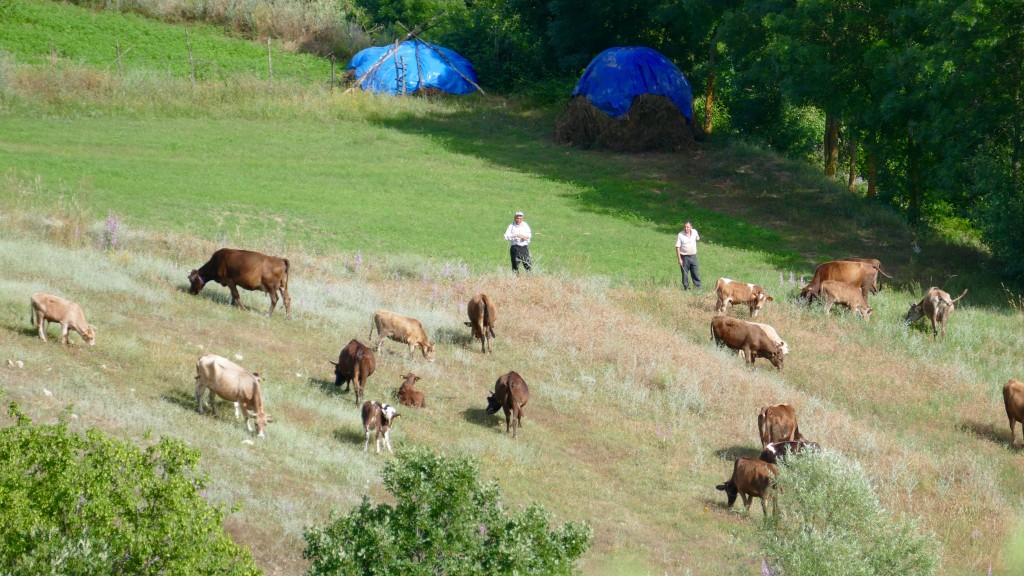
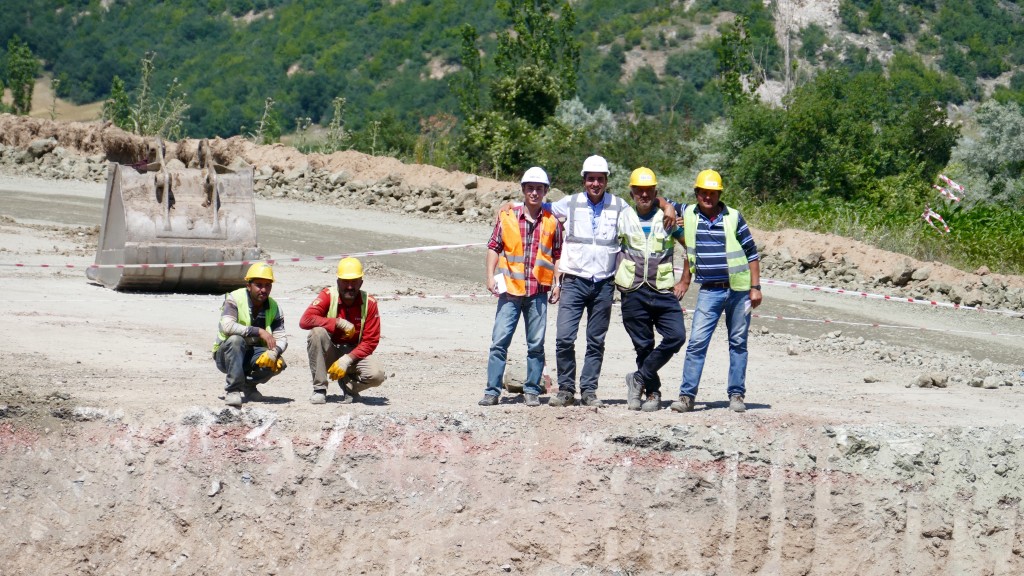
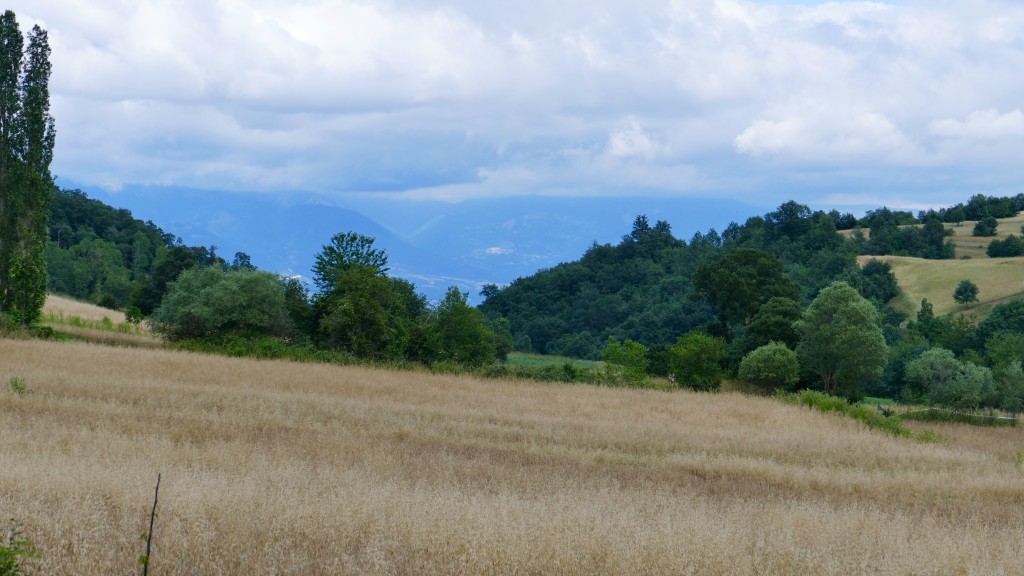
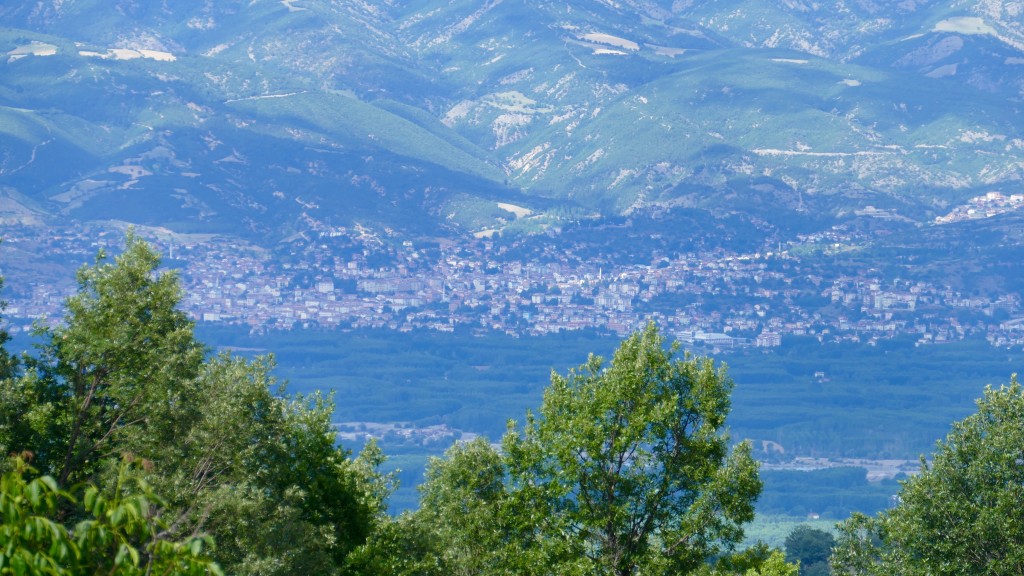
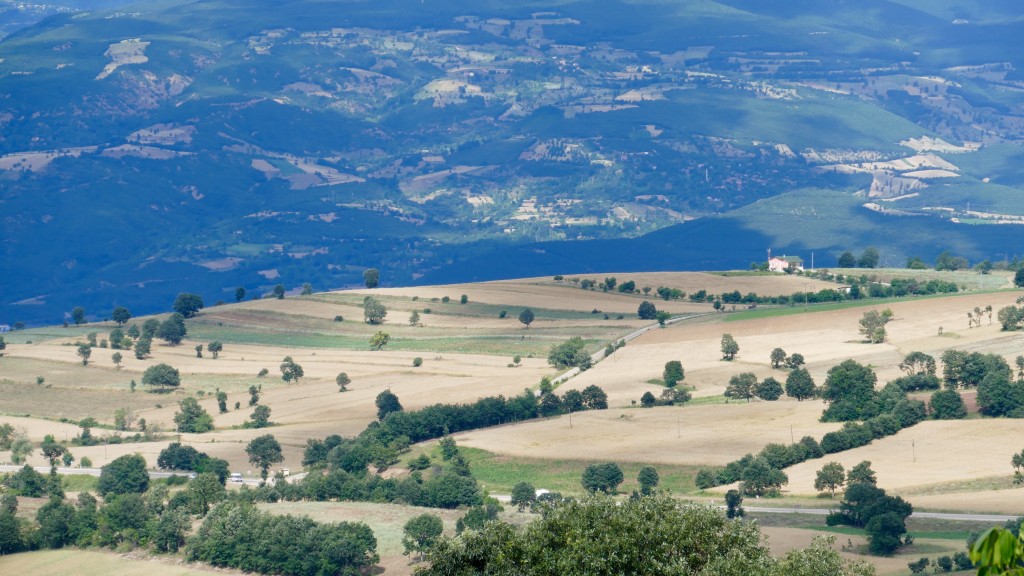
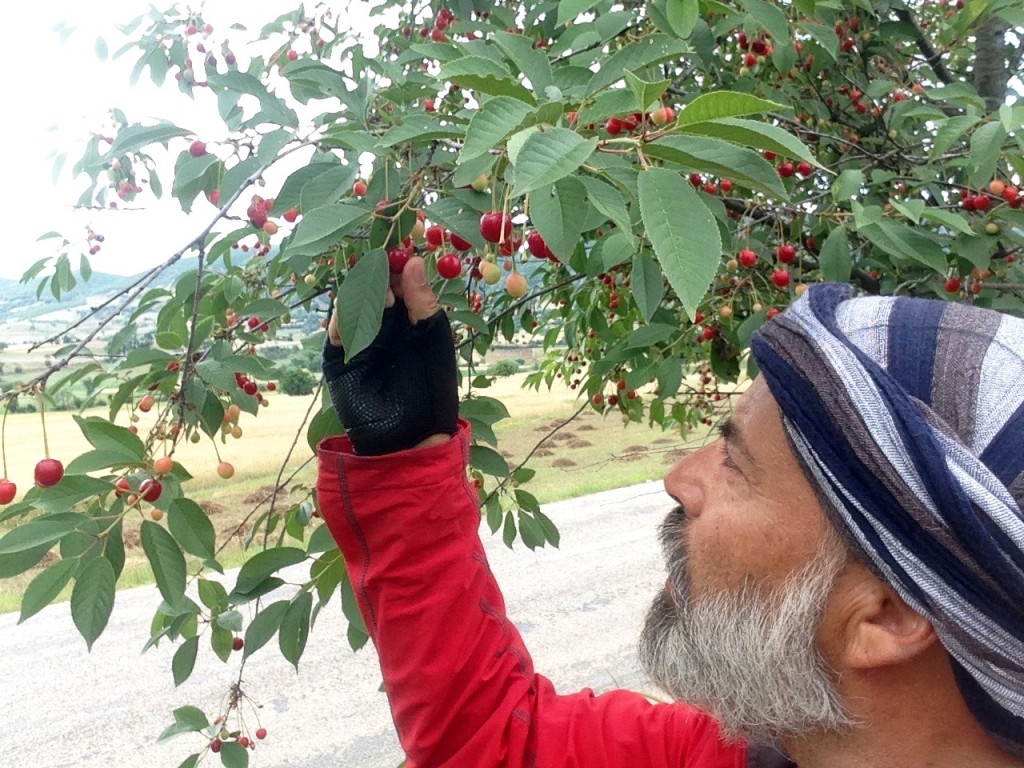
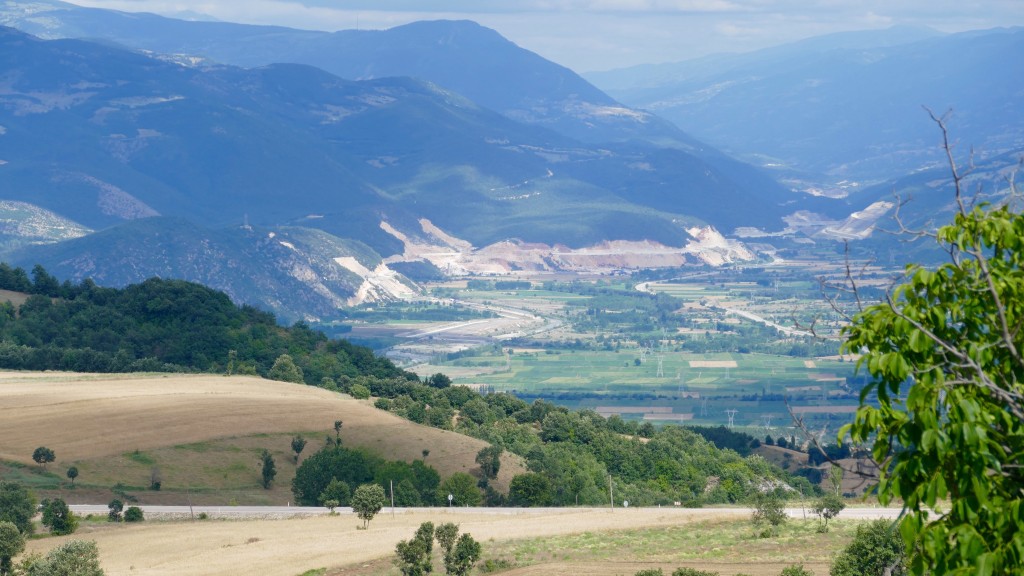
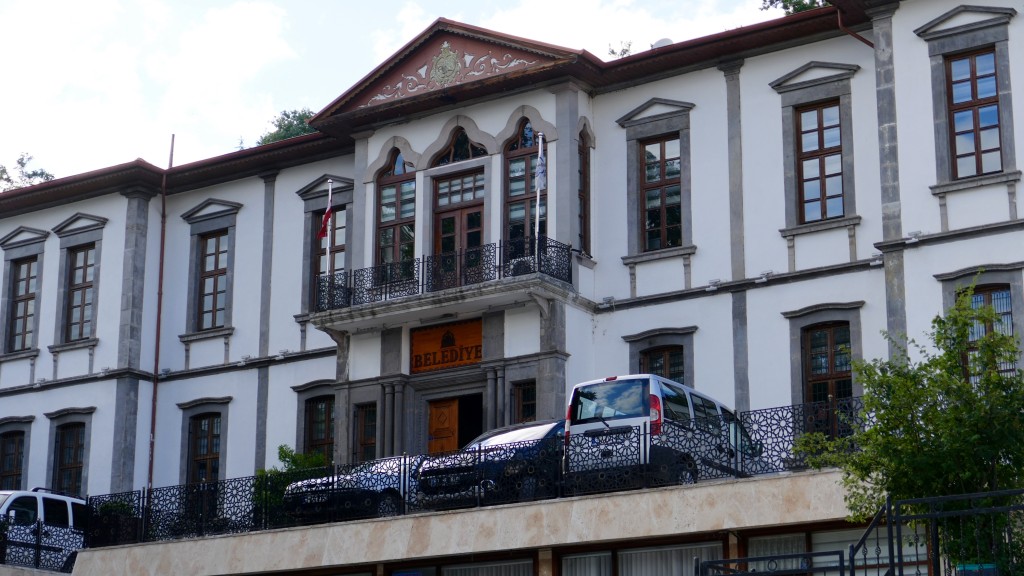
It was known as Cabira in the Hellenistic period (Κάβειρα in Greek). It was one of the favourite residences of Mithridates the Great, who built a palace there, and later of King Polemon I and his successors.
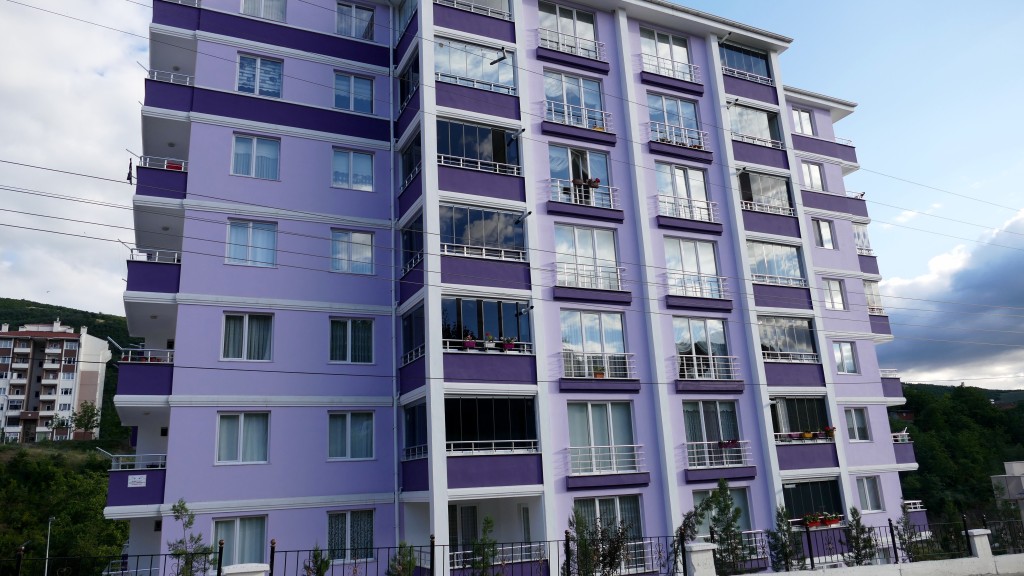
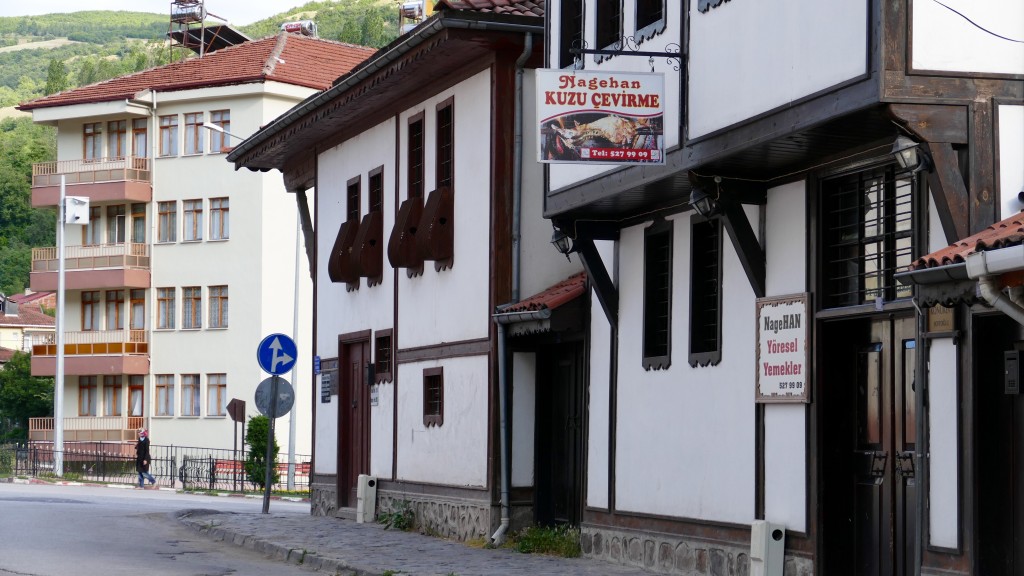
It was known as Cabira in the Hellenistic period (Κάβειρα in Greek). It was one of the favourite residences of Mithridates the Great, who built a palace there, and later of King Polemon I and his successors.
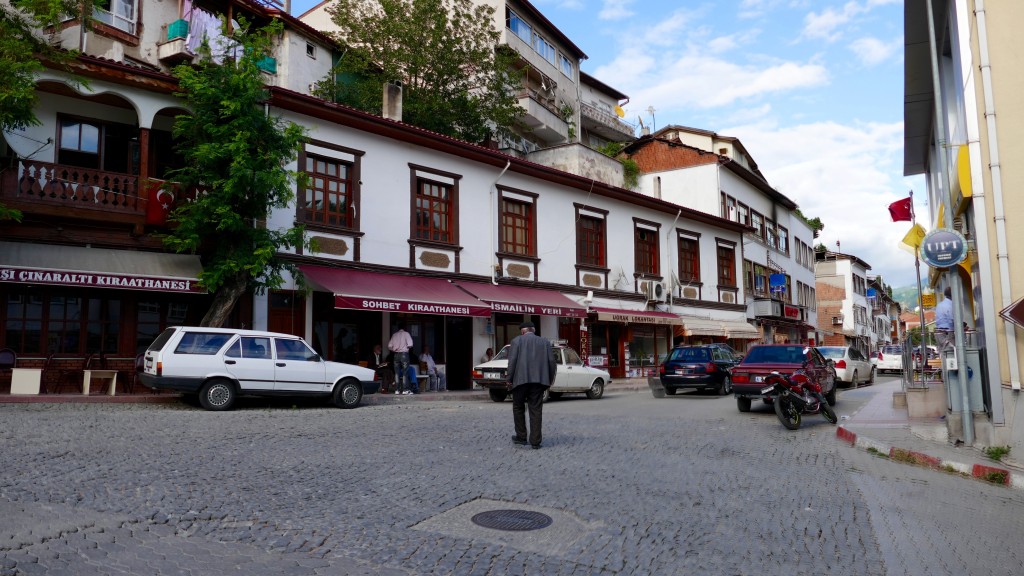
It was known as Cabira in the Hellenistic period (Κάβειρα in Greek). It was one of the favourite residences of Mithridates the Great, who built a palace there, and later of King Polemon I and his successors.
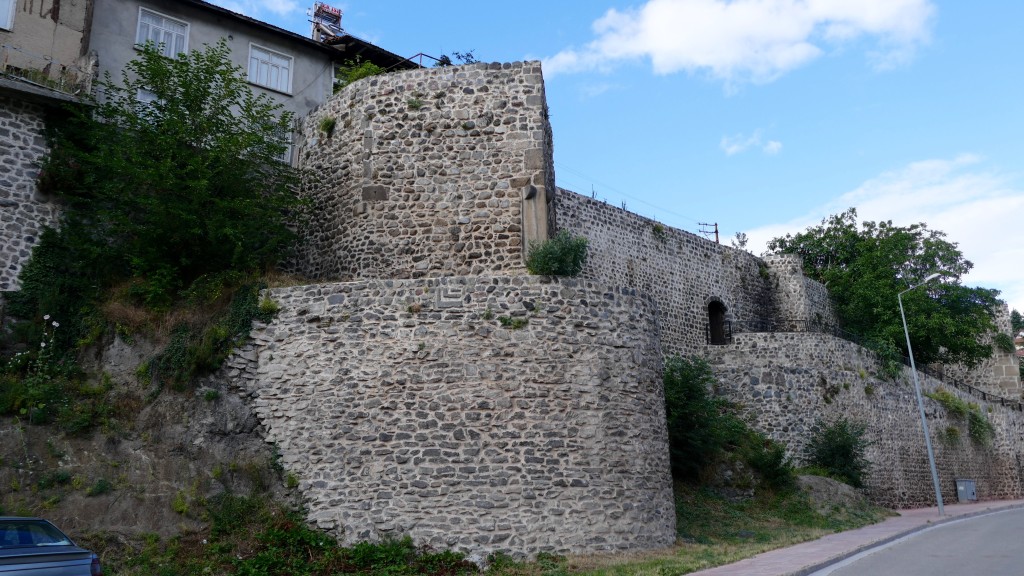
It was known as Cabira in the Hellenistic period (Κάβειρα in Greek). It was one of the favourite residences of Mithridates the Great, who built a palace there, and later of King Polemon I and his successors.
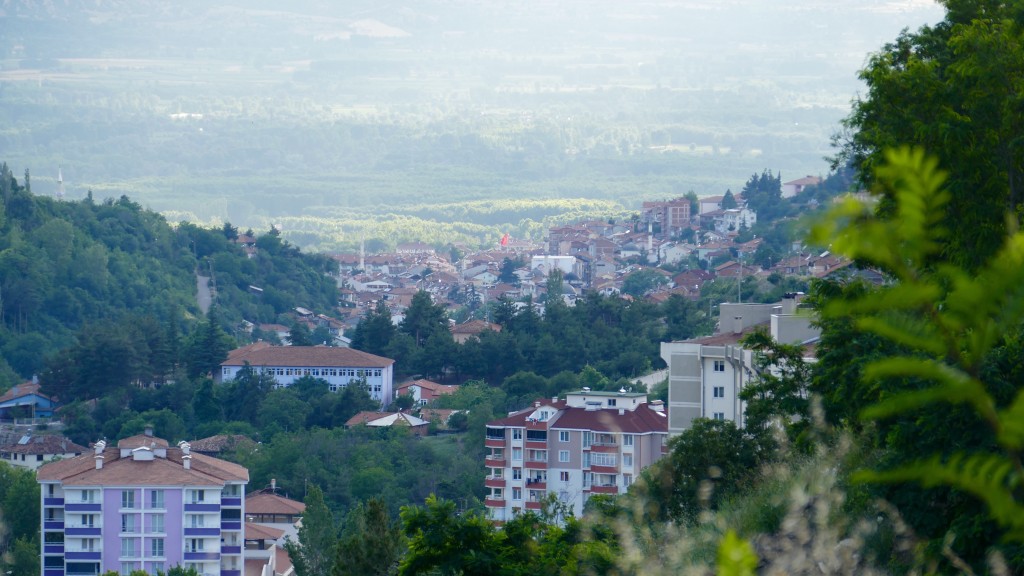
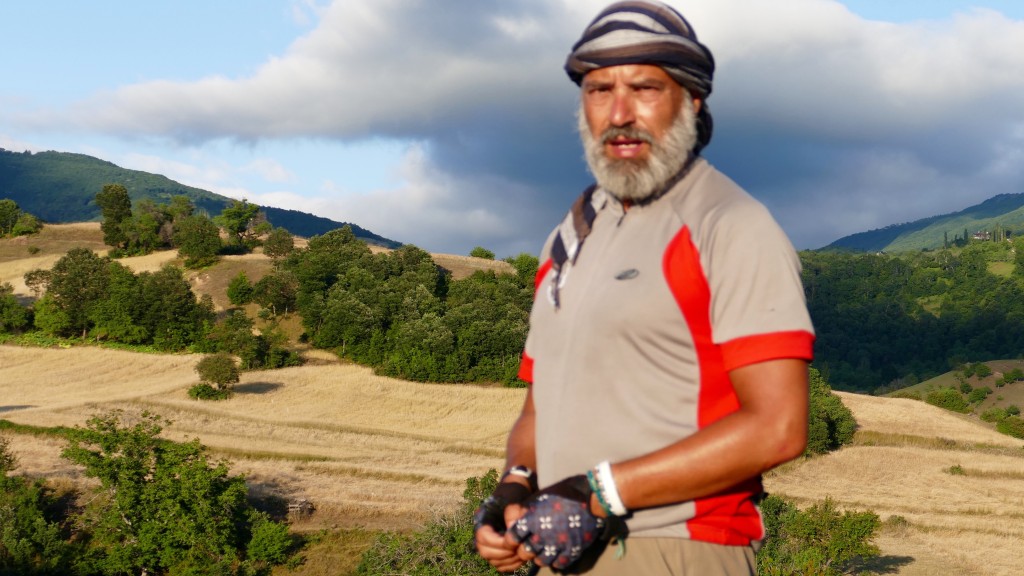

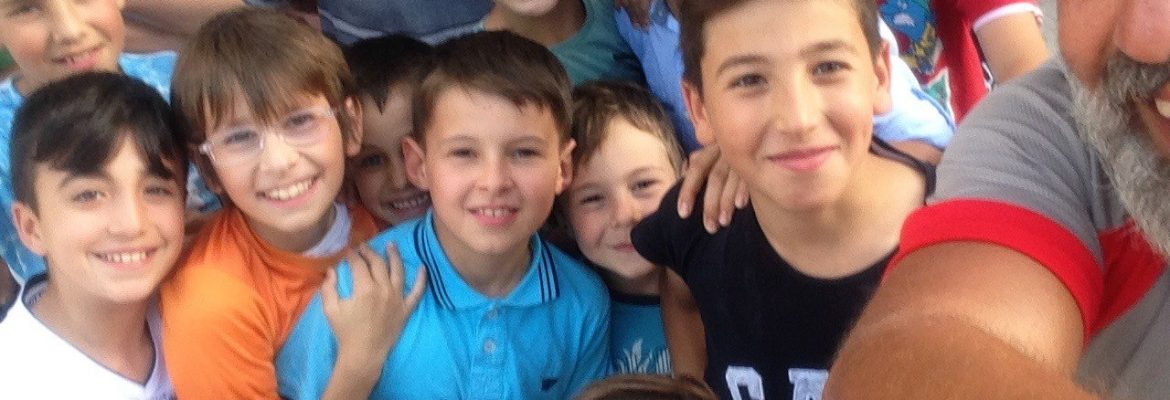
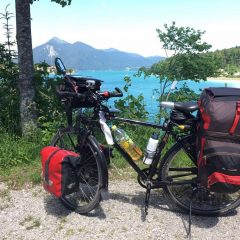
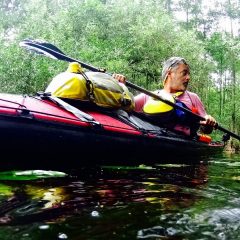
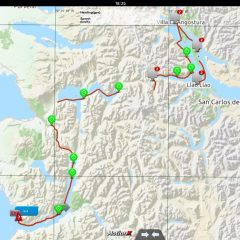
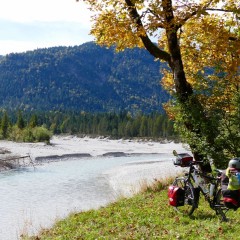
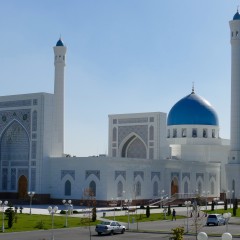
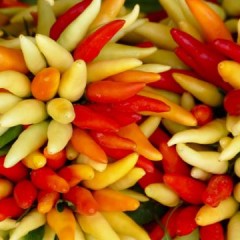
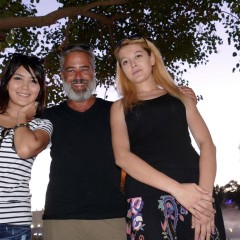
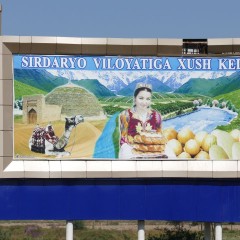
Dejar un comentario